

Scientists believe that our solar system
formed from a cloud of dust and gas
that surrounded the Sun five billion years ago.

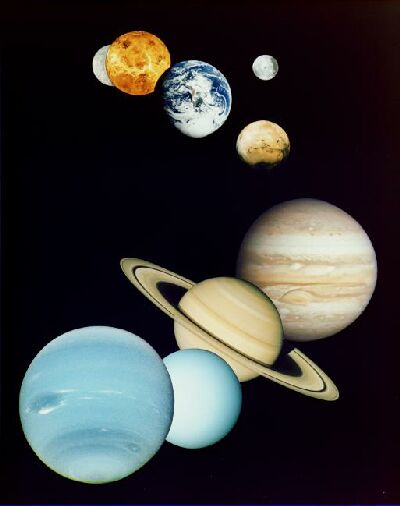
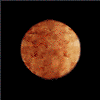

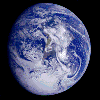
![]()

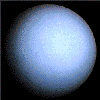

Neptune is the eighth planet from the sun .
It is a bluish color, like Uranus ,
and about the same size as Uranus.


As the Earth goes around the Sun, the Moon goes around the Earth.
It takes 29 days, 13 hours to complete this circle.
The Moon is 380 000 km. away from Earth.
It has no water and no air. The Moon does not give off light.
It seems to glow, because the Sun is shining on its surface.
or
click on the words to learn more about:
|
|
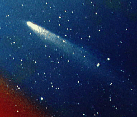 COMETS
COMETS |
 MERCURY
MERCURY |
 VENUS
VENUS |
 EARTH
EARTH |
 SATURN
SATURN |
 NEPTUNE
NEPTUNE |
 PLUTO
PLUTO |  STARS
STARS |